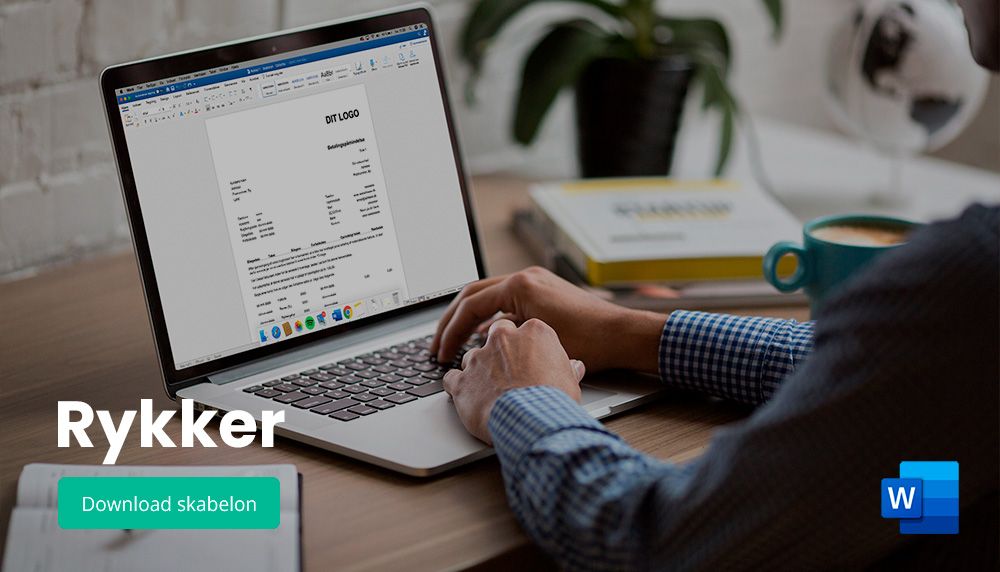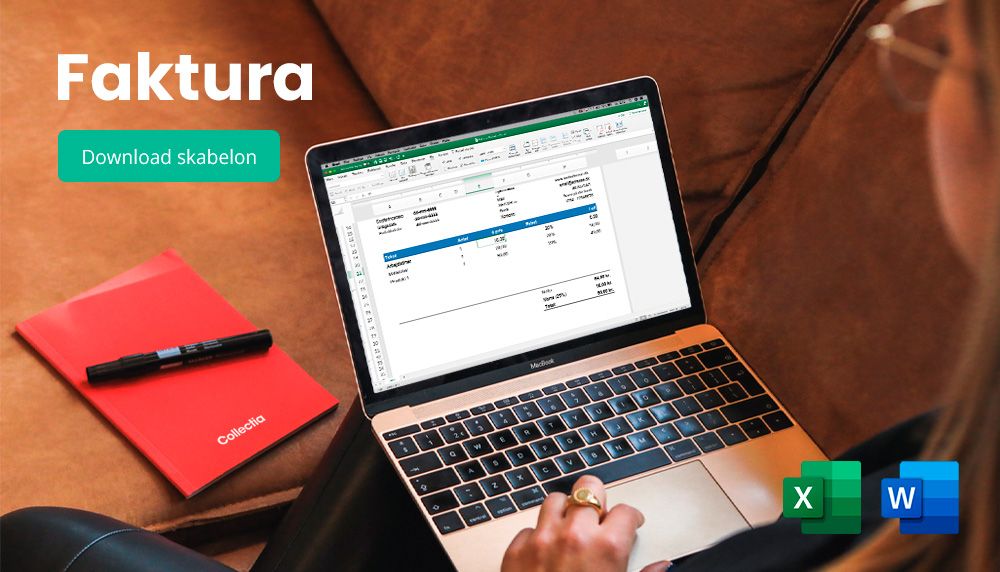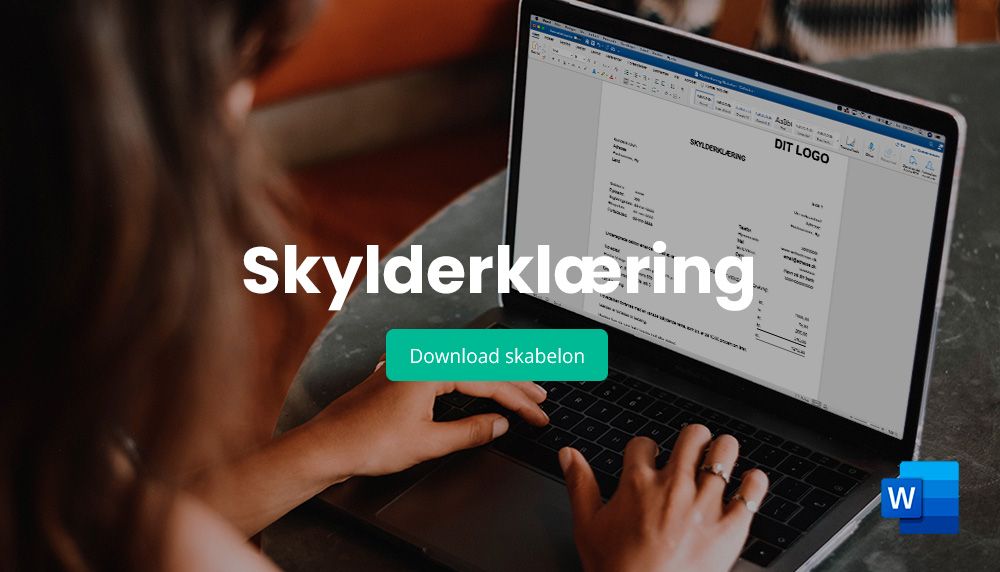
Bankruptcy petition - what is it?
The term bankruptcy petition refers to a request for a natural person or a legal entity (e.g. a company) to be placed under bankruptcy proceedings.
In Denmark, both private individuals and companies can be placed under bankruptcy proceedings - both at the request of the individual or company themselves or their creditors.
Every year, approximately 2500 companies go bankrupt, there are no official statistics on how many private individuals file for personal bankruptcy each year.
The purpose of a bankruptcy petition
If a private individual or company is unable to pay their bills, expenses and possibly installments to lenders, they risk being declared bankrupt. This is based on a bankruptcy petition filed by the creditor or the creditor's representatives(debt collection company or lawyer).
The creditor's purpose with a bankruptcy petition, and thus a bankruptcy, is to secure the debtor's assets, if any, and that no creditors are favored.
Bankruptcy has insolvency requirements
It is the bankruptcy court that decides whether a company or private individual should be declared bankrupt.
In order for a company or private individual to be placed under bankruptcy proceedings, the debtor must be insolvent - meaning that the debtor is unable to pay the incoming claims of creditors, lenders, etc.
In other words, you cannot initiate bankruptcy proceedings against a company or business that is solvent, but for one reason or another will not pay its claim - for example, if there is a dispute over the claim or similar.
If the debtor is insolvent, on the other hand, debt collection, civil proceedings or mediation must be used to collect the claim, not a bankruptcy petition - as these will be rejected.
Bankruptcy proceedings
If the bankruptcy court decides to declare bankruptcy, the debtor loses the ability to dispose of their own values, assets and money.
In connection with the bankruptcy proceedings, a trustee will be appointed, which is typically a lawyer whose work includes getting an overview of the debtor's financial circumstances; income, debt, expenses and the like.
The trustee also has the option of selling any assets, the proceeds of which can be distributed among the creditors to cover all or part of their claims against the debtor. When dealing with the bankruptcy of private individuals, assets that are deemed to belong to a modest home(distressed assets) are not sold.
A debtor, regardless of whether the debtor is a private individual or a company, is not debt-free after bankruptcy proceedings - unless the sale of assets from the debtor's estate has been able to cover the creditor's claims. In practice, however, it rarely happens that the trustee can sell assets whose value can cover the incoming claims.
Private individuals can apply for debt relief after a personal bankruptcy. If the debt originates from a personally run business, more lenient rules typically apply in connection with the application for debt relief.
Creditor filed for bankruptcy
If it is not the company itself that files for bankruptcy, the outside world of the company; customers, suppliers or public authorities can file for bankruptcy.
The creditor's bankruptcy petition basically works in the same way as a self-petition, but the creditor must often expect a security deposit of between DKK 30 and 40,000 to the court.
Self petition - when your company can't pay
If your business is unable to meet your obligations, including paying your bills to creditors, and this is not just a temporary condition, then your business is insolvent.
In order to file for bankruptcy, a company must be insolvent. If, on the other hand, the company is solvent, it can apply for dissolution.
For example, most own-initiative applications are made after a suspension of payments, when the company has tried to raise the necessary capital.
How much does a bankruptcy petition cost?
It costs a court fee of 1500 DKK (2024 figures) to file for bankruptcy for a private person or company.
In the case of companies, a security must also be provided for the processing of the estate. The security may vary from case to case - but is typically DKK 30,000. The amount is set by the bankruptcy court.
If a company or individual chooses to file for bankruptcy themselves, no fee is charged.
Filing a claim in bankruptcy
Bankruptcies are announced in the Danish Official Gazette, where anyone can see and possibly make claims against the bankruptcy estate.
If you as a creditor are owed money in a bankruptcy estate, it is important that you notify the estate and the trustee so that your claim can be included in the processing. If there is money left in the estate after any sale of assets, you will receive a portion of this amount.
You typically have four weeks to submit your claim to the bankruptcy estate after it has been announced in the Danish Official Gazette.
If you use a debt collection company or lawyer - be sure to check their policy on how any ongoing debt collection cases are reported to a bankruptcy estate.
Read more at domstol.dk
You can read much more about bankruptcy petitions at Domstol.dk, where you will also find relevant documents and appendices on the subject.
Please note that a bankruptcy petition must be filled in correctly - if this is not the case, it will often be rejected by the bankruptcy court.











